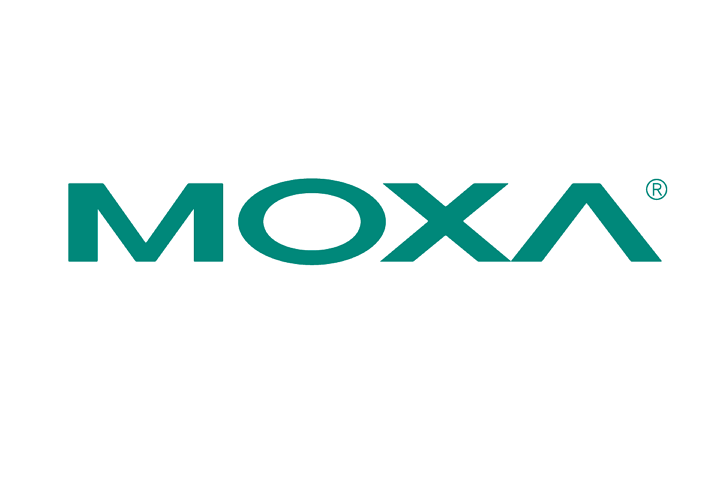A new era has dawned in the mining sector with the digitalization of mining operations. The intense competition in the global mining and metals industry is urging mine operators to rethink their operational approaches, enhancing safety and precision within their mines. Altering the methods of material transportation, minimizing staff exposure to on-site risks, reducing damage to mining machinery, and refining production are among the tactics employed by mine proprietors to boost profitability. Autonomous mining equipment and vehicles, including trucks controlled from the control room, are now utilized to transport material from subterranean tunnels to the surface. The initial step towards reaping the advantages of autonomous mining equipment is to adopt technologies that can streamline their movement and supervision.
Overcoming Communication Hurdles in Underground Mines
The digital transformation of mines stands as a primary focus for the majority of mine owners. However, implementing new procedures and deploying equipment necessitates a fundamental shift in their mindset. Connectivity issues when linking equipment to the control hub and disturbances from the hazardous mining environment often interrupt communication with the control center, leading to decreased operational efficiency. Another crucial challenge is to ensure that networking devices are robust enough to be set up in underground mines for sustained productivity.
Employing Wireless Technology to Address these Obstacles
Wireless technology has played a vital role in helping the mining sector surmount the communication obstacles posed by the harsh conditions in underground mining tunnels. Unmanned operations handled by autonomous drilling rigs, mining trucks, and loaders have minimized the number of operators and drivers functioning in these unfriendly and distant conditions, ultimately enhancing operational safety, precision, efficiency, and cost-effectiveness. These driverless drilling rigs, mining trucks, and loaders depend on wireless networks to empower operators to oversee and manage mining operations remotely from the safety and convenience of their control rooms.
Essential Requisites for Monitoring and Oversight
A provider of mining automation solutions was seeking a dependable wireless communication solution to enable their clients to efficiently supervise mining equipment and enhance productivity. The critical requirements comprised:
A Stable and Sturdy Wireless Network: Underground mining tunnels necessitate a reliable and robust wireless network to enable machine operators to remotely direct and oversee drilling rigs, mining trucks, and loaders, ensuring seamless real-time data exchange between the unmanned vehicles and the operator stationed in the control center.
Smooth Roaming: Uninterrupted roaming amid access points (APs) is imperative to uphold connectivity for client devices aboard autonomous drills and haulage vehicles constantly in motion within the underground mining tunnels.
Real-Time Data: To monitor the status of driverless vehicles, a real-time data acquisition solution and the capability to communicate with various PROFINET-based devices effortlessly for real-time control become indispensable.
Compact Wireless Devices for Industrial Purposes: Ensuring industrial-grade design guarantees reliable performance in challenging environments, while compact devices facilitate easy deployment on drilling rigs and mining trucks. Wireless clients deployed in this manner can be accessed remotely by operators stationed in the control room. Furthermore, the wireless devices should feature an anti-vibration design to ensure uninterrupted operation in the face of continual mobile conditions.
The Resolution
The manufacturer of the equipment installed compact-sized industrial-grade AWK-1137C clients from Moxa, complete with an anti-vibration design, on the drilling rigs and mining trucks for remote access from the control room. These AWK-1137C clients transmit substantial data volumes and live video feeds from each of these driverless vehicles to the operator station through the wireless access network. AWK-4131A APs were positioned alongside the tunnel walls to offer extensive wireless coverage for the AWK-1137C clients. The AWK-4131A APs provide 802.11n MIMO coverage on standard 2.4 GHz, 5 GHz, and 5 GHz DFS channels, maximizing radio performance and reducing interference caused by the solid rock walls of the mines.

The main advantages of Moxa’s wireless solution are:
- Ultra-fast handoff times courtesy of Turbo Roaming, coupled with 802.11n MIMO and 5 GHz DFS support, ensure uninterrupted live video streaming from the vehicles while they are in motion
- Master/slave connections enable seamless PROFINET communication
- Access points featuring IP68-rated weatherproof housing and operating temperatures ranging from -40 to 75°C are ideal for outdoor applications
- An anti-vibration design following the IEC 60068-2-6 standard requirements offers protection against interference from mining activities
For further insights into this case study and to explore other successful deployments across various critical industrial applications, download our Case Study Guidebook.
- Not Only for Automobiles: Discovering CANbus Technology in Various Industrial Settings - October 29, 2024
- Boost Your Network Performance: An Exciting Manual to PoE Switches! - September 10, 2024
- Understanding Gigabit Switches: Industrial vs Regular Gigabit - September 4, 2024


